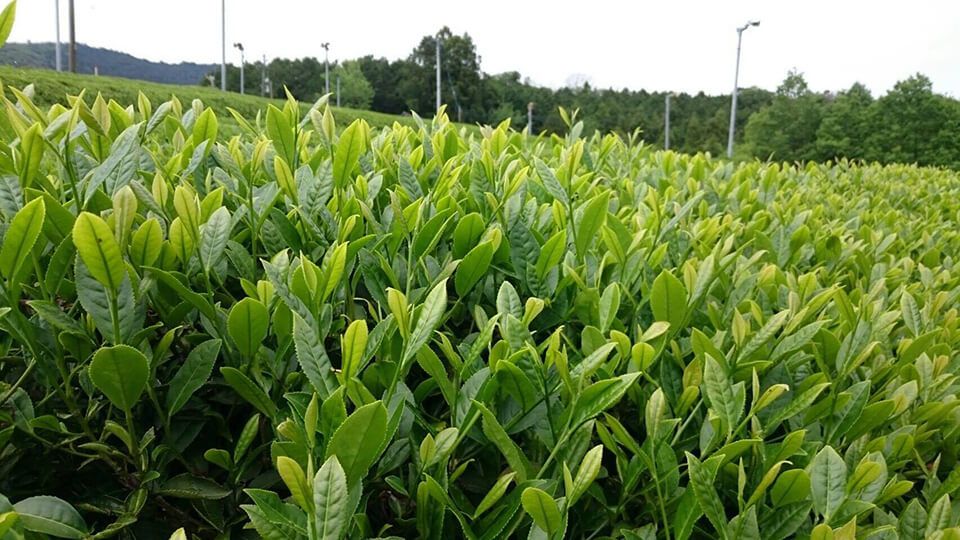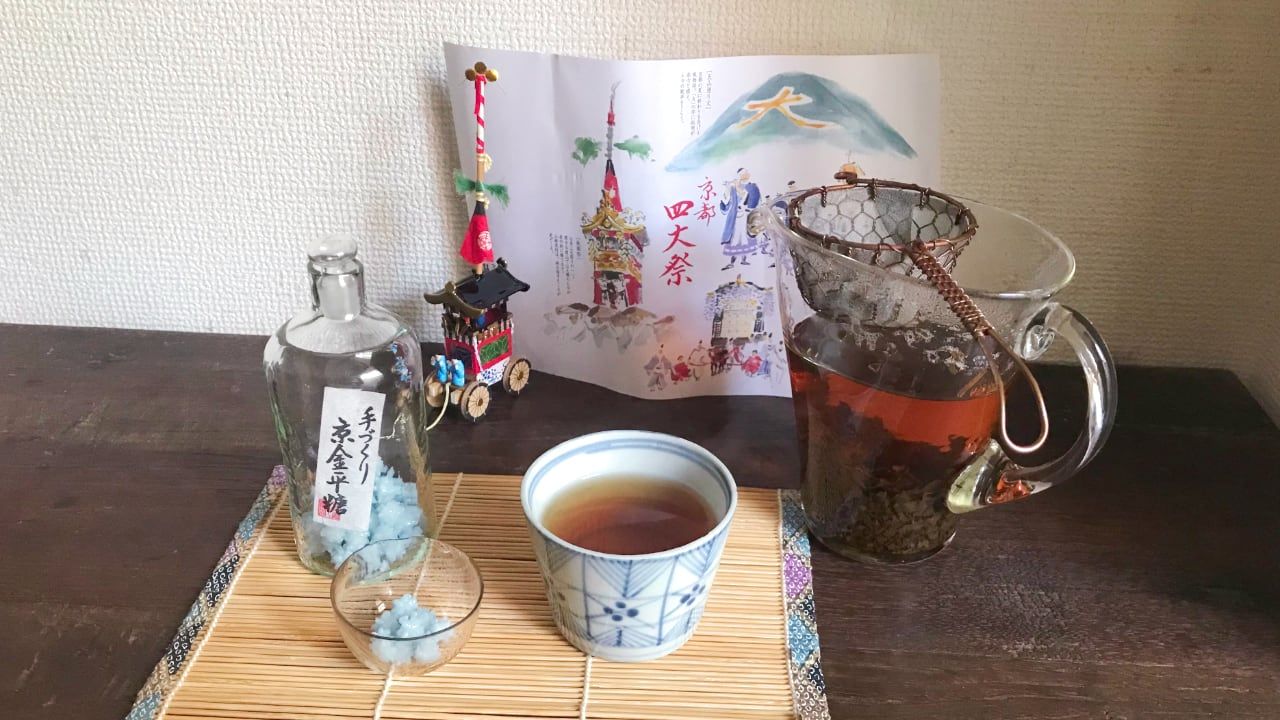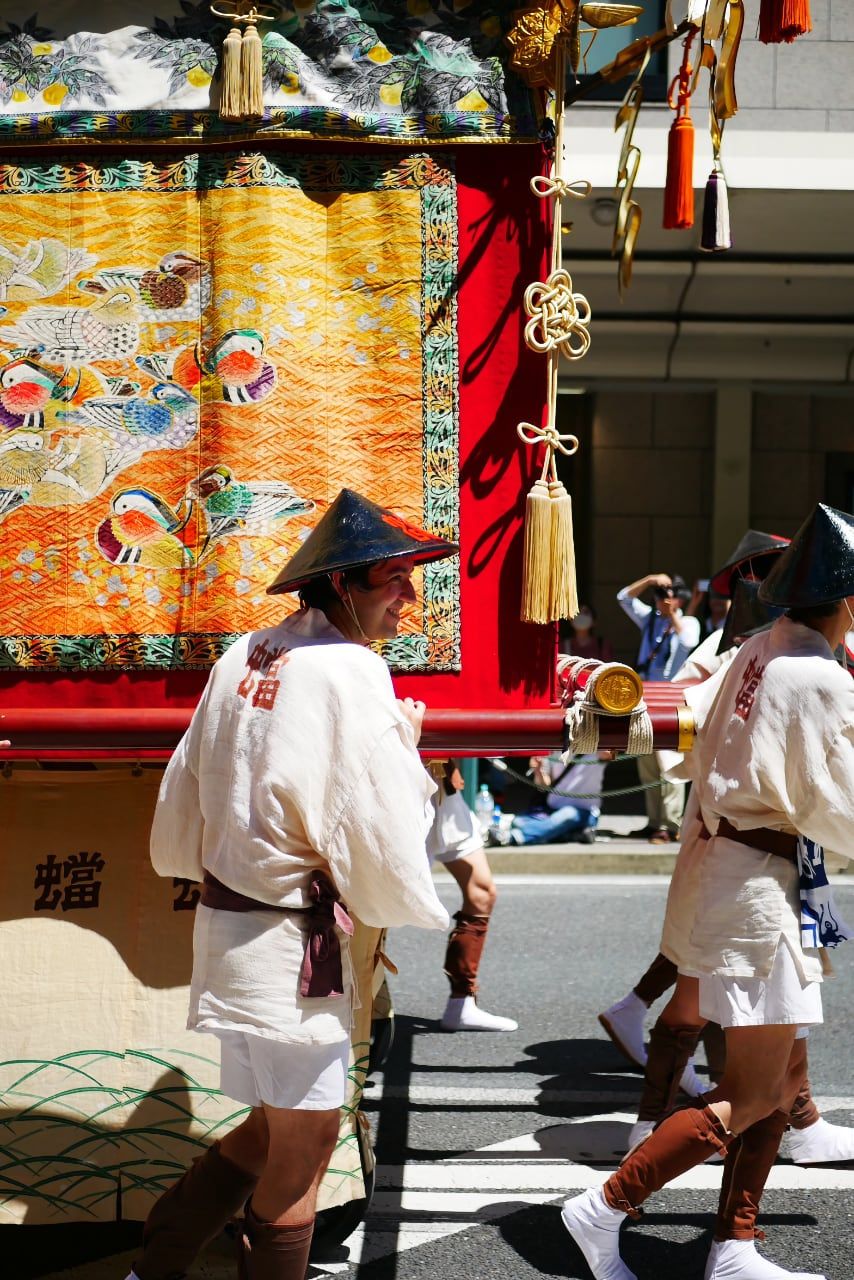August 2023 – Wakōcha from Shinshiro, in Aichi
This month we selected a Japanese black tea, called Wakōcha (和紅茶) in Japanese, of Shinshiro City (新城) in the prefecture of Aichi (愛知).

Photograph courtesy of Suzuki Seicha
Wakōcha – Black Tea
Wakōcha has been on the rise in Japan in recent years. Japanese tea producers who until recently only produced green tea are increasing the proportion of wakōcha. In Japan, black tea often means tea from a major brand, often British or French, or more rarely tea imported directly from India or Sri Lanka.
However, the situation has begun to change with a keen interest in food quality and a growing awareness of locavorism. As we've explained before (see blogpost from December 2018), wakōcha produced in Japan was solely for the export market, and black tea production stopped once in the 1970s. But right now there's a comeback in black tea production.
Suzuki Seicha, the producer of this wakōcha, is committed to organic tea production. After harvesting, he dehydrates the leaves for 16 to 19 hours, wringing out 30 to 40% of the moisture, and presses the tea, kneading it to properly oxidize ingredients like catechin. He then spreads it out and leaves it to ferment for 30 minutes to 2 hours (depending on weather, temperature and humidity). Then he puts it in the dryer and heats it to a high temperature. In this way, the tea spontaneously stops fermenting. To produce this black tea, he uses a Japanese cultivar popular for green tea production, named "Sayama-Kaori" (さやまかおり). Wakōcha made in this way has a deep red color and a sweet, refreshing taste.

Gion Festival in Kyoto
The three biggest festivals in Japan are: Kanda matsuri (神田祭) in Tokyo, Gion matsuri (祇園祭) in Kyoto, and finally Tenjin matsuri (天神祭) in Osaka. This year, after several years of restrictions due to Covid-19, every festival was held with pomp and circumstance, without any restriction! In particular, the Gion Festival in Kyoto, where our Alexis lives…
The history of the Gion festival goes back to the beginning of the Heian era (平安), in 898. A serious epidemic swept through the city of Kyoto. People prepared floats, called Yamahoko (山鉾), as well as portable shrines, called mikoshi (神輿) to ask the Gods for help. Since then, this festival has taken place every year in July. First, the floats tour the city, as a guide to the god. They are decorated with luxury tapestries from China, Persia and Belgium. That's why they're nicknamed "walking museums". They are now much better known than the portable shrines where the gods can tour the city, because of their splendor.

There are 35 floats in all now. Each neighborhood supports a float, and each float has a special feature with a tree or spear at the top. For example, the neighborhood where Alexis lives, has a unique float, called "Tōrōyama" (蟷螂山) with a praying mantis puppet at the top. It is moved by eight puppeteers, coming from Nagoya (名古屋), inside the float.
This year Alexis pushed the float! After the purification by the floats, the mikoshis arrive and, in turn, tour the center of Kyoto to exorcise the evil.

Alexis, pushing the Yama of Tōrō
Brewing Wakōcha
The amount of leaf should be adapted according to the desired taste: it should be around 3grams of Kōcha for 200mL (7oz) of spring water. The infusion should last 3 minutes in boiling water.
Enjoy!
